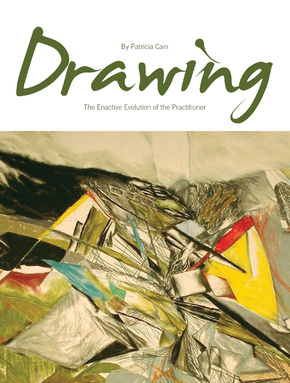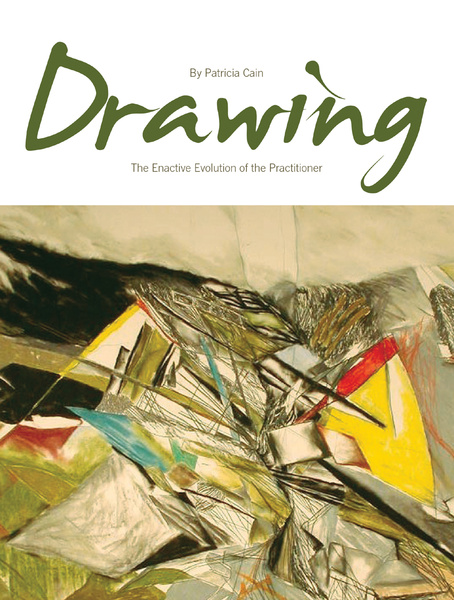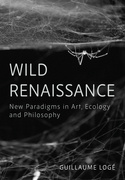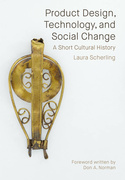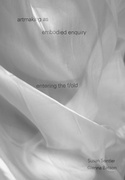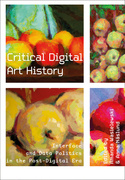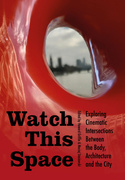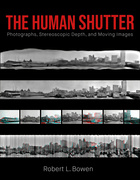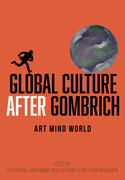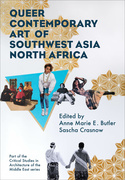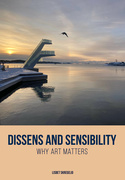Drawing (Book)
The Enactive Evolution of the Practitioner
Despite recent technological changes that have digitized many forms of artistic creation, the practice of drawing, in the traditional sense, has remained constant. However, many publications about this subject rely on discipline-dependent distinctions to discuss the activity’s function. Drawing: The Enactive Evolution of the Practitioner redefines drawing more holistically as an enactive phenomenon, one reliant on motor responses, and makes connections between a variety of disciplines in order to find out what happens when we draw. Instead of the finite event of producing an artifact, drawing is a process and an end in itself. By synthesizing enactive thinking and the practice of drawing, this volume provides valuable insights into the creative mind, and will appeal to scholars and practitioners alike.
Edition
In an era which has seen many forms of artistic creation becoming digitized, the practice of drawing, in the traditional sense, has remained constant. However, many publications about the relationship between drawing and thinking rely on discipline-dependent distinctions to discuss the activity’s function. Drawing: The Enactive Evolution of the Practitioner redefines drawing more holistically as an enactive phenomenon, and makes connections between a variety of disciplines in order to find out how drawing helps us understand the world. Instead of the finite event of producing an artefact, drawing is a process and an end in itself, through which the practitioner might gain self-awareness.By synthesizing enactive thinking and the practice of drawing, this volume provides valuable insights into the creative mind, and will appeal to scholars and practitioners alike.
Patricia Cain is an artist and honorary research fellow of the Humanities Advanced Technology and Information Institute, University of Glasgow.
PART I: THEORISING ABOUT THINKING AND DRAWING
About thinking and drawing - the process rather than the artefact
Moving from theory to practice - the methodological problem
The relevance of Enactive Cognition to the practice of drawing
Accessing enactive knowledge through the lived experience of the practitioner
PART II: THE FIRST PHASE OF METHODOLOGY – USING THE EXPERIENCE OF OTHERS AS SUBJECT
Experiential accounts of the activity of drawing by others - Marion Milner and Frederick Franck
Interviewing drawing practitioners about how they think
Making the decision to use drawing to investigate thinking
PART III: THE SECOND PHASE OF METHODOLOGY – USING MY OWN EXPERIENCE AS THE SUBJECT OF A FIRST PERSON ENQUIRY
'Can I embody another artist’s thinking process by copying his drawing?' - Familiarisation with the method of copying
The case studies of Richard Talbot and Oliver Zwink
Four narratives about the experience of re-enacting Talbot’s drawing 'Glass'
Observations about the method of Enactive Copying
Where does one go from here?

